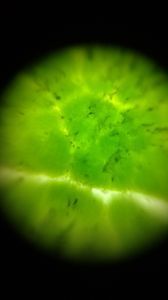Using the Foldscope as a Cervical Cancer diagnosis tool
 May 19, 2016 • 12:14 PM UTC
May 19, 2016 • 12:14 PM UTC Unknown Location
Unknown Location 140x Magnification
140x Magnification Microorganisms
Microorganisms
marcosbruno
Learn about the author...
7posts
4comments
1locations
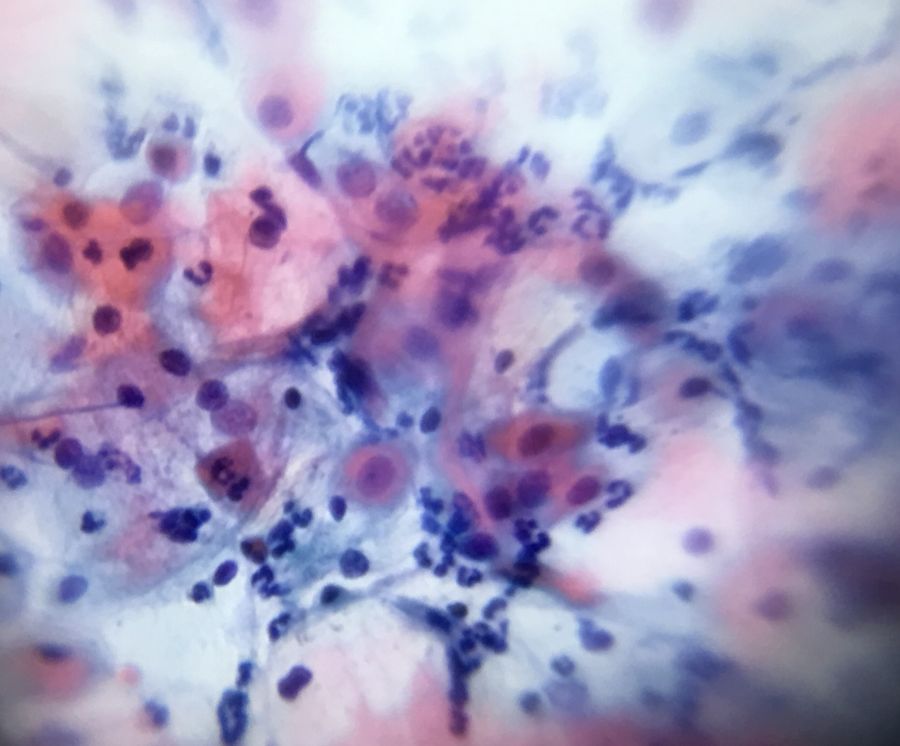
Yesterday we came to Stanford to start working on out on the implementation of the Foldscope as a Cervical Cancer diagnostic tool. Jeel exposed a conference about how to detect Cervical Cancer and we answered questions from the team. He also presented the Eco-Pap. The Eco-Pap allowed the diagnosis of cervical cancer with an environmental performance, reducing the costs, time and exposition to toxic-carcinogen reagents with a high degree of pollution, maintain a cost-benefit in favor of patients and it is beneficial to the global environmental health. At our first time in the lab, Saad encouraged us to build the Foldscope ourselves so, when we get back at our homes, we can teach another people to use them. We started watching a bee wing slide and we felt amazed by the Foldscope capability to see the small wing’s hairs. After that, we started to see the Cervical Cancer cells slides. We could see Cancer cells but we saw problems at the focus. We tried a new Foldscope prototype and we saw a better focus on the images. We wanted to make a comparison between microscope and Foldscope images to confirm it could be used as a diagnosis tool, so we took images of the samples with the Laboratory Microscope, a Nikon Eclipse TE2000-U, to later compare the same images taken from a Foldscope. After we got back to our Hotel, we talked about improvements we could make to the Foldscope.
The second research day, we did a lot of brainstorming with Saad and we decided to make a new Foldscope prototype specially for diagnosis. It is supposed to work as a Google Cardboard device. We started to take with the Foldscope the same images we took in the microscope, so we can later compare them. We also went to a black room to test the projection of the images on the wall.
The second research day, we did a lot of brainstorming with Saad and we decided to make a new Foldscope prototype specially for diagnosis. It is supposed to work as a Google Cardboard device. We started to take with the Foldscope the same images we took in the microscope, so we can later compare them. We also went to a black room to test the projection of the images on the wall.
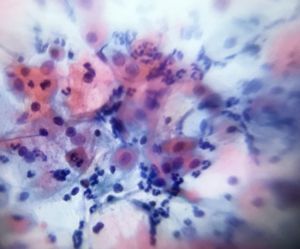
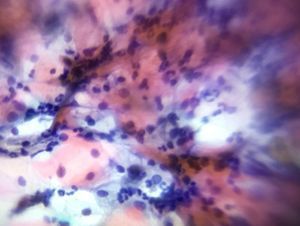
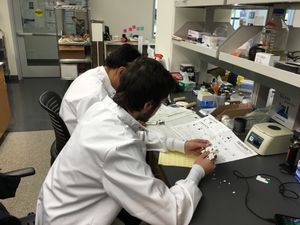
We will take some Foldscopes with us to keep improving the device and test it as a cervical cancer diagnostic tool. We hope to see radical changes soon in the cancer diagnosis field. We are very excited to get back home and keep working with this amazing device.
Sign in to commentNobody has commented yet... Share your thoughts with the author and start the discussion!

 0 Applause
0 Applause 0 Comments
0 Comments



